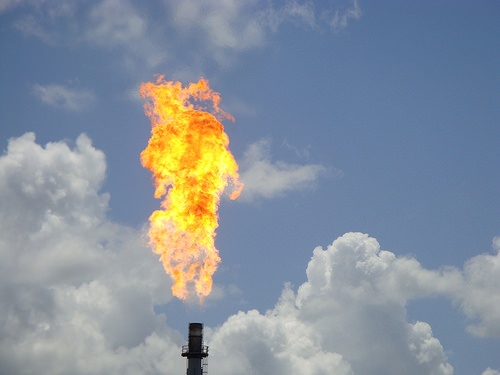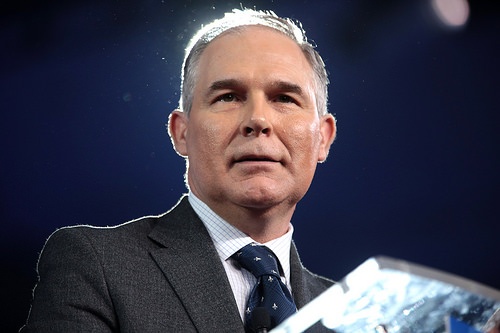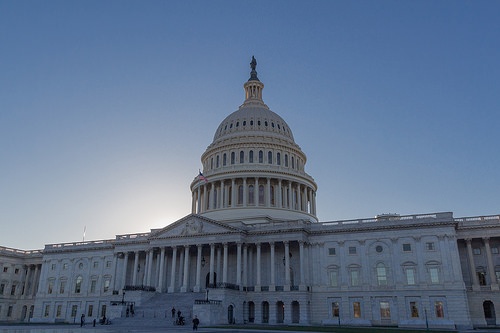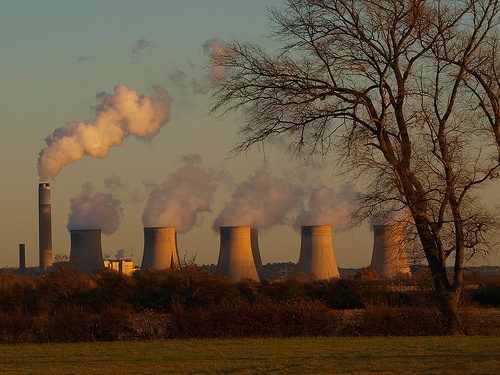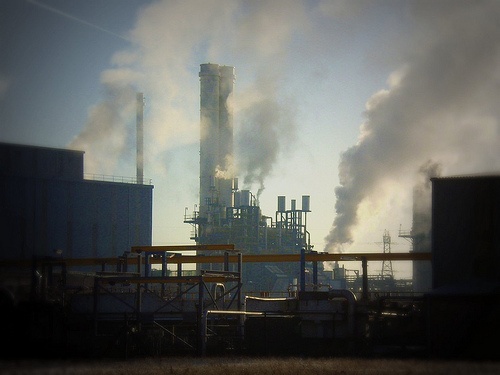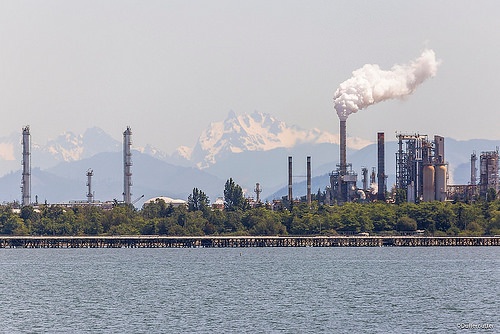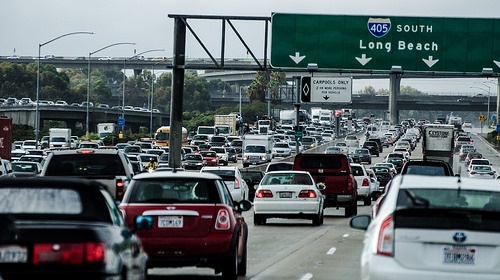On April 26, a federal district judge in Houston issued an order assessing Exxon Mobil nearly $20 million in civil penalties for thousands of Clean Air Act (CAA) violations at Exxon’s massive Baytown, Texas refinery and petrochemical complex. This decision is the latest in a long-running “citizen suit” enforcement case, seeking additional penalties to claw back the “economic benefits from noncompliance,” on top of nearly $1.5 million in civil penalties already assessed by the Texas Commission on Environmental Quality (TCEQ) for the same violations. This decision illustrates the power of these private enforcement cases, which may become more important if the Trump Administration eases its own enforcement efforts.
Read MoreAudit, Compliance and Risk Blog
Citizen Suit Against Exxon Yields $20 Million Penalty For Refinery’s Clean Air Act Violations
Posted by Jon Elliott on Tue, Jun 06, 2017
Tags: Environmental risks, Environmental, ghg, climate change
How long can a new President’s policy changes take? I’ve been writing about President Trump’s attempts to roll back environmental requirements, and cautioning that some changes can be fast (like immediate repeal of his predecessor’s executive orders regarding climate change) while others will require multi-year rulemakings to revise finalized regulations (like EPA’s review of the greenhouse gas emission limits under the Clean Air Act, both extremes appear in a recent Executive Order I discussed here). On April 11 the federal Court of Appeals for the D.C. Circuit issued a reminder that regulatory changes can take a long time. The Court revoked several environmental reporting exemptions adopted by EPA in the last month of George W. Bush’s administration (December 2008, effective on the day of President Obama’s inauguration January 20, 2009) – culminating a year-long rulemaking and setting of 8 years of administrative and judicial appeals. So this regulation-reducing effort took 9 years to fail.
Read MoreTags: Environmental risks, Environmental, EHS, climate change
EPA Administrator Scott Pruitt has been on a tour to publicize his efforts to get EPA “back-to-basics.” He launched the tour with a visit to a Pennsylvania coal mine in April. The agency issued a press release about that visit, which also summarized its “Back-to-Basics Agenda.” The press release summarizes the Agenda as “Protecting the environment; engaging with state, local and tribal partners; and creating sensible regulations that enhance economic growth.” The Agenda provides a convenient rhetorical framework for the new Administrator’s efforts to re-boot EPA’s activities.
Read MoreTags: Environmental risks, Environmental, EPA, Greenhouse Gas, ghg, Hazcom, Oil & Gas, climate change, tsca, clean water
All over the world, our brightest and most creative minds are finding ways for us to produce fewer greenhouse gases and use renewable energy to its greatest potential with fascinating new technologies.
Sustainable Job Innovators
Read MoreTags: climate change, clean water
Trump Executive Order Rolls Back Obama’s Climate Initiatives
Posted by Jon Elliott on Tue, Apr 04, 2017
Candidate Trump promised to reverse President Obama’s climate initiatives, which he variously described as based on uncertain science and/or as a “war on coal.” Since taking office, President Trump has moved expeditiously to make good on those promises. On March 28 he issued an executive order (EO) “Promoting Energy Independence and Economic Growth,” packaging a large set of repeals and re-directions to move US federal policies firmly away from climate change and toward domestic fossil fuels.
Read MoreTags: Environmental risks, Environmental, EPA, climate change
The World Decides To Help The Climate By Helping The Ozone Layer
Posted by Jon Elliott on Tue, Oct 25, 2016
Last month I blogged about basic provisions of the Montreal Protocol on Substances that Deplete the Ozone Layer, and ongoing negotiations to expand it to require phaseout of chemicals that harm the stratospheric ozone layer and contribute to climate change (click here, and included links to early blogs on Montreal Protocol issues). At that time, proposals all focused on hydrofluorocarbons (HFCs). At that point, global HFC use was increasing by roughly 10% annually, driven primarily by expanding use for air conditioning as hot developing countries sought to catch up with comfort levels in their developed counterparts. Proposed timelines and end-targets for reversing that expansion varied considerably.
Read MoreTags: Environmental risks, Environmental, EPA, ghg, climate change
California Tightens Restrictions On High-Impact Short-Lived Climate Pollutants
Posted by Jon Elliott on Tue, Oct 11, 2016
Attempts to reduce greenhouse gas (GHG) emissions are more complex than they first appear. Reports in the mass media tend to focus on carbon dioxide (CO2). The United Nations Framework Convention on Climate Change (Framework Convention) focuses primarily on six GHGs, including CO2 as well as methane (CH4), nitrous oxide (N2O), hydrofluorocarbons, perfluorocarbons, and sulfur hexafluoride (SF6). Climate change scientists have identified hundreds of GHGs, with widely varying sources, relative contributions to climate change (numerical “global warming potential (GWP)”, where CO2 is defined as 1.0), and total contribution based on emitted volumes.
Read MoreTags: California Legislation, Greenhouse Gas, ghg, Hazcom, climate change
U.S. and China Renew Climate Change Vows to Jumpstart Paris Agreement
Posted by Jon Elliott on Tue, Sep 27, 2016
In recent years, the United States and China have found a rare basis for cooperation in their joint efforts to accelerate international efforts to manage and reduce climate change. The first significant step in this cooperation was the two countries’ bilateral agreement in November 2014 to manage greenhouse gas (GHG) emissions within their boundaries (I blogged about it here). At the time, the two countries offered their commitments as a way to reinforce international climate change negotiations underway to replace the expiring Kyoto Protocol to the United Nations Framework Convention on Climate Change. In December 2015, those negotiations produced the Paris Agreement, which established global mechanisms for countries to declare self-enforcing national GHG management commitments (I blogged about the Paris Agreement here).
Read MoreTags: EPA, Greenhouse Gas, ghg, climate change
White House Guidance for Agency Consideration of Climate Change in Environmental Reviews
Posted by Jon Elliott on Tue, Sep 20, 2016
On August 2, the White House’s Council on Environmental Quality (CEQ) issued guidance to assist federal agencies in their consideration of the effects of greenhouse gas (GHG) emissions and climate change when evaluating proposed federal actions. I refer to this documents as “the Guidance” below.
Read MoreTags: Environmental risks, Environmental, EPA, Greenhouse Gas, ghg, climate change, CAA, CEQA
New Rules Tighten Greenhouse Gas Emission Standards for Heavy Duty Vehicles
Posted by Jon Elliott on Thu, Sep 15, 2016
The Clean Air Act (CAA) includes extensive regulatory requirements on “mobile sources,” which cover efficiency and emissions standards for a broad range of vehicles with internal combustion engines (automobiles, buses, aircraft), “nonroad engines and vehicles” (including lawnmowers, bulldozers and marine vessels), as well as motor fuel standards intended to promote cleaner burning fuels. The U.S. Environmental Protection Agency (EPA) uses CAA authority to set emission limits from engines, for CAA-regulated air pollutants, including carbon dioxide (CO2) regulated for its greenhouse gas (GHG) aspects.
Read MoreTags: California Legislation, Environmental risks, Environmental, EPA, Greenhouse Gas, ghg, climate change, CAA, Transportation

